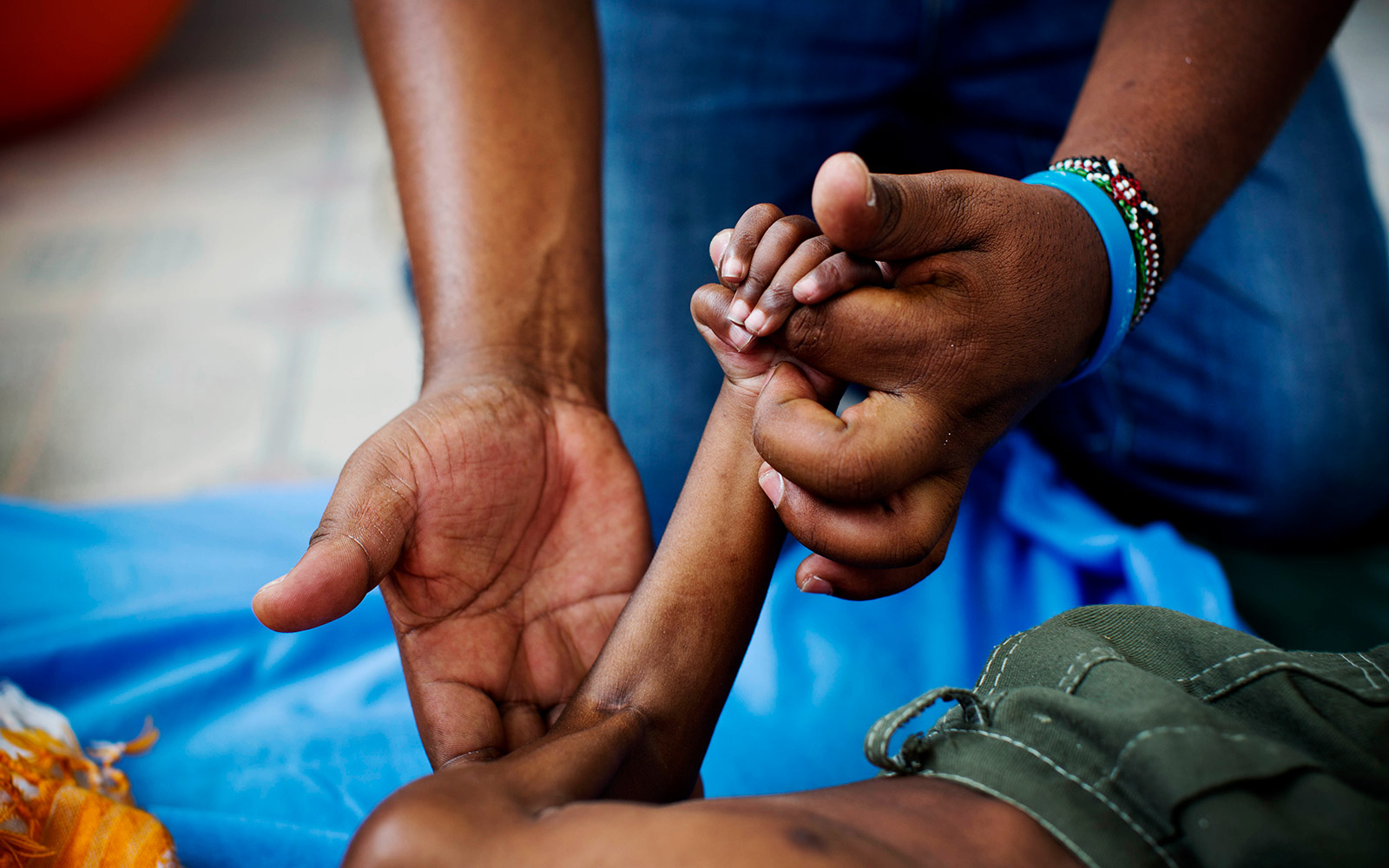



From childhood to adulthood, through crucial moments such as birth, adolescence and pregnancy, HI works with people with disabilities and vulnerable populations to ensure their right to health, defined as a state of complete physical, mental and social well-being not merely the absence of disease or infirmity.
145
projects in 2021
72 HEURES
notre temps de réponse
opérationnelle
1,282,450
people have benefited from HI's help in 2021
99%
of maternal and child deaths occur in low-income countries
Our approach to health
From childhood to adulthood, including crucial moments such as birth, adolescence and pregnancy, HI works with people with disabilities and vulnerable populations to ensure their right to health, defined as a state of complete physical, mental and social well-being that is not merely the absence of disease or infirmity. HI is positioned as a key player in achieving Goal 3 of the Sustainable Development Goals, which aims to "enable everyone to live in good health and promote the well-being of all at all ages" and focuses on people with disability and vulnerable population, to ensure their access to adapted, quality and proximity health services.
The depiction and use of boundaries, geographic names and related data shown on this map are not warranted to be error free nor do they necessarily imply official endorsement or acceptance by HI.
For HI, maternal, newborn and child health and sexual and reproductive health are priorities: for our organisation, they are part of a single continuum of care targeting adolescents, women and men of childbearing age, pregnant women and children aged 0 to 5.
Our objective is to integrate into health services the concepts of mortality reduction, prevention, early detection and management of impairments and disabilities resulting from pregnancy and childbirth for mothers and children.
Our maternal, newborn and child health projects ensure effective pregnancy monitoring, prevention of preventable impairments and disabilities related to high-risk pregnancy and prolonged childbirth, and early detection and management of the most common birth defects.
DELIVERING TRAINING
We train doctors, nurses and midwives on the links between maternal and child health and disabilities.
PRENATAL AND POST-NATAL SUPPORT
We provide prenatal and post-natal support for early detection and management of disabilities (cerebral palsy, clubfoot, etc.) for mothers and children. We support the equipment or rehabilitation of health centres. We also provide technical guidance to the health authorities in developing and integrating maternal and child health and reproductive health services into local public health systems.
ACCESS FOR PEOPLE WITH DISABILITIES
Emphasis is also placed on access for people with disabilities to prenatal and post-natal consultations and sexual and reproductive health services. Through our sexual and reproductive health projects, women with disabilities or at risk have access to quality and inclusive services. They receive essential information that allows them to prepare optimally for pregnancy and parenthood. Our action thus contributes to the achievement of the Sustainable Development Goals
Diabetes
Today diabetes affects 425 million people*.Threequarters of people with diabetes live in a low-income country; half are undiagnosed, or are diagnosed too late, causing preventable disabilities and early death. HI is fighting diabetes to reduce the disabling consequences of this disease, which is the leading cause of amputation in adults and carries a high risk of stroke and kidney failure.
Our comprehensive approach aims to integrate the prevention, early detection and management of diabetes and cardiovascular disease into existing health services. We also work in low- and middle-income countries with people with diabetes to improve their knowledge of the disease and mobilize their communities in order to prevent risk factors, promote healthy lifestyles and ensure diagnosis and early care for people with disabling complications, such as diabetic foot or retinopathy.
We are working with health ministries to reduce mortality and disabilities related to these diseases by improving access to local, quality, integrated health services and by contributing to the strengthening of local health systems(5) through continuous training and strengthening coordination between the various services, including rehabilitation.
* Source : www.idf.org
HIV/AIDS
At the end of 2017, roughly 9.4 million people living with HIV did not now they had contracted the virus and 19.4 million people living with HIV did not have a suppressed viral load. According to UNAIDS, there were still huge gaps in testing and treatment in Western and Central Africa where only 48% of people living with HIV knew their HIV status and a mere 40% were accessing antiretroviral therapy.
In Sub-Saharan Africa, just three countries account for 48% of new infections. HI has been involved in the global response to HIV/AIDS since 1994, and works to promote the health of people with disabilities. Indeed, disabled people run the same risk of contracting the virus as the general population, but they are particularly vulnerable due to stigmatisation and because they are excluded from information and prevention campaigns. Our organisation plays a key role in reducing the prevalence of HIV/AIDS in low-income countries. We are developing awareness-raising campaigns to change at-risk behaviours, improve prevention, and make families and communities more inclusive.
Our actions also aim to ensure improved care management and information for people with disabilities. We work to ensure they are better taken into account in national HIV/AIDS response policies, included in the healthcare information system and given access to information tools. Finally, we also conduct sustained advocacy to ensure that the rights of people with disabilities and the fight against discrimination move up the international agenda.
Mental health and psychosocial support
Almost one in ten people in the world suffers from mental health problems. The causes are diverse and multifactorial: conflicts, natural disasters, population displacements, situations of exclusion, confinement in decrepit institutions, chronic diseases... HI has been working with these people in emergency, post-crisis and development contexts since 1991, focusing on a comprehensive and community-based approach to mental health.
HI's actions
HI works to prevent and treat psychological distress and mental disorders in humanitarian and development crises. It aims to improve mutual support within communities to foster social cohesion to protect people's mental health.
Interventions take place with individuals, families, groups or communities and take the form of psychological and social consultations, the facilitation of discussion groups or therapeutic mediation groups, sociocultural and artistic activities...
These activities are often integrated into our other activities, such as physical and functional rehabilitation or protection against violence. We also offer training, supervision and practice analysis to all stakeholders in the sector.
We promote respect of the fundamental rights of people suffering from psychological distress or mental disorder. We fight discrimination or stigmatization and aim to prevent their confinement in institutions. To ensure the quality and sustainability of our actions, we mobilise all stakeholders (civil society, service providers, international organisations and representatives of local authorities) to develop sustainable strategies that best meet the needs expressed by the populations.
* OMS, Atlas on Mental Health in the World, WHO, 2014.
** HI uses the Sustainable Development Goals as a reference framework
Road safety
Road accidents are the 8th leading cause of death worldwide. If nothing is done, they will have moved into 5th place by 2030.6 Nearly 3,500 people die on the roads each day, and tens of millions are injured. Many of them are left with permanent disabilities, such as paralysis or amputations.
This scourge and its increasingly serious consequences are a major public health issue. Despite the high number of casualties, insufficient attention is paid to road safety. At both national and international levels, there is a lack of awareness and information about the economic and social costs of road accidents and the dangers are largely overlooked.
Since 2001, HI has developed expertise in the field of road safety and risk prevention. We conduct campaigns in Africa, Asia, and South America, and are involved in implementing national road safety action plans. We also play an active role in improving knowledge, education, and awareness among the general public, and in providing first aid interventions at the scene of accidents.
Photos: © K. Holt / HI - © C. Fohlen / HI - © J-J. Bernard / HI - © K. Vadino / HI






